Sometimes it’s easy to forget that our modern civilization is built on a backbone of natural materials. After all, the steel that’s constantly around us doesn’t really resemble the limonite or hematite which was processed to make it and many of these materials are heavily altered before use. Bearing that in mind, however, there are some surprising uses for minerals that occur in our day-to-day life.
So, let’s take a look at some rocks and minerals with surprising everyday uses!
1. Halite-Crystallized Table Salt
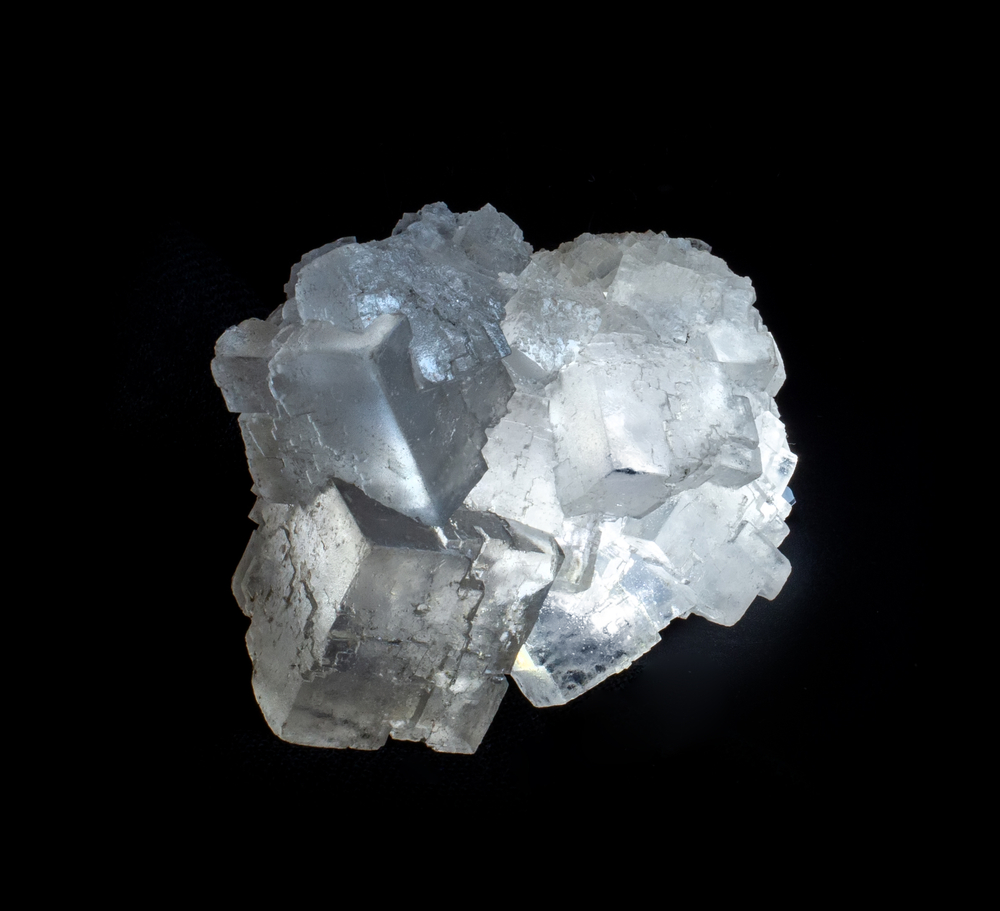
Sodium chloride is required for life. It’s an integral part of our blood, but our body constantly loses it through sweat and other secretions so we need a constant source of it. While a considerable amount can be obtained just by eating certain creatures, modern life means that we’ve generally got a bottle of the stuff around.
Halite is the mineral form of table salt. Most often, you’ll see rough chunks of it referred to as rock salt when it’s intended for use other than the kitchen table, such as keeping roads clear of ice. Halite is very common across the planet, being a fast-growing mineral associated with marine waters.
While some salt is obtained by creating and then damming temporary pools and allowing marine water to dry out, a lot of it still comes from underground. In these instances, halite is mined and processed for industrial or culinary uses depending on the grade.
While pure halite is a white crystalline material, it’s often colored with different impurities. In some locations, the various impurities are considered to produce different tastes within the salt. Some have maintained popularity, such as Himalayan pink salt which is laced with impurities and mined in regions of Pakistan near the Himalayan Mountain Range.
Without this mineral, our food would be blander, and with a complete lack of it… well, life would be impossible. So thankfully we’re able to pull it from the Earth in vast quantities. Once traded for its weight in gold, these days salt is cheap enough that you’d be hard-pressed to find anyone cooking without it.
2. Talc-From Baby Powder to Kitchen Fixtures
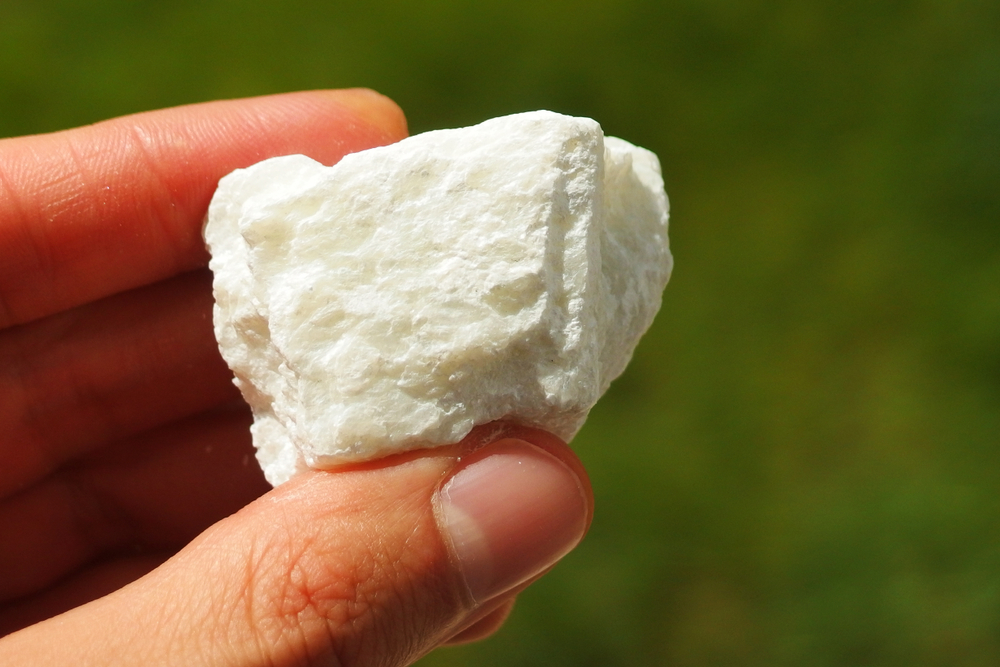
Talc is a hydrated form of magnesium silicate which is found in many forms. The most common are larger, fibrous masses that are often broken down to create talc powder but there are also massive and even macrocrystalline forms out there.
Talcum powder, the derived industrial product, is widely used. While most people will think of baby powder, it’s also used for things like coating metal molds to prevent the material from sticking and even as a binder in pharmaceutical pills.
There is a problem with talc-based products meant for human use. A lot of talc is intermixed with another fibrous mineral, specifically the chrysotile which is commonly called asbestos. While talc itself is questionably carcinogenic, especially when breathed in, asbestos is a Class 1 carcinogen. Johnson and Johnson ended up spying out $8.9 billion USD to people who developed mesothelioma and a few other cancers due to inadequate testing.
Talc is also the main component of soapstone. Soapstone is a tightly packed, but soft, stone that’s used for everything from small figurines to countertops. Soapstone is particularly resistant to impact, although it scratches easily, but it’s a beautiful material that’s gained some popularity in recent years.
3. Gypsum-The Basis of Modern Residential Construction
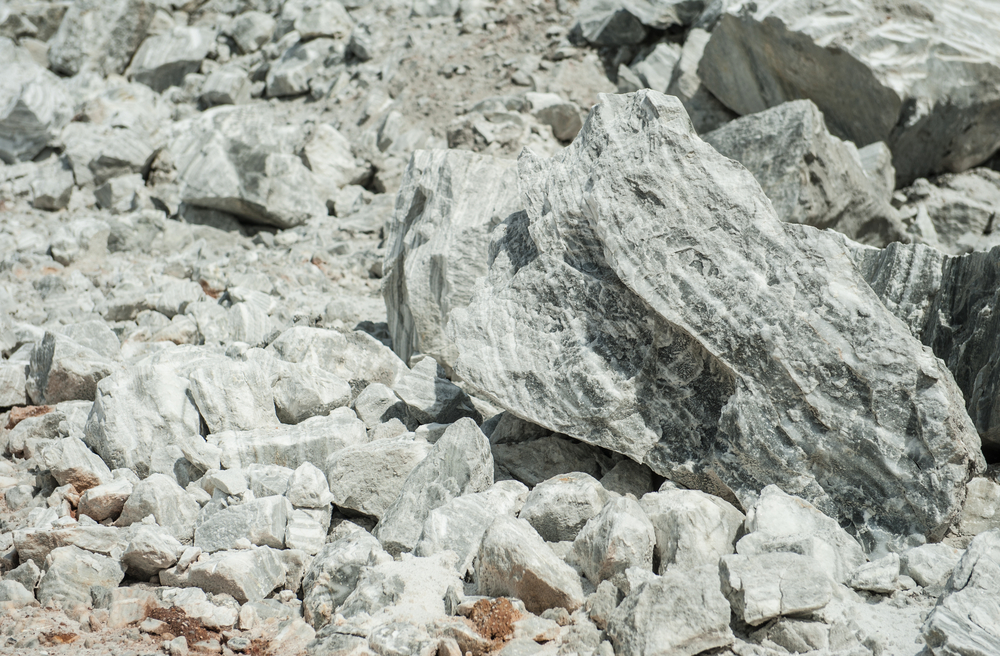
Chances are that if you live in North America, you have a literal ton or more of gypsum in your home. Plasterboard, drywall, or sheetrock. Whatever you might call it, it remains the material of choice for going over framing on the inside of our houses.
The drywall itself is made of powdered, mixed, and then extruded calcium sulfate powder. In other words, the same mineral that makes up beautiful crystals of selenite and famous Desert Roses is also used for building our homes. It’s a hard material to beat for its purposes.
Drywall is weak to moisture without certain additives, but it’s a remarkably long-lasting material. It’s a pretty simple product overall, requiring gypsum plaster and some heat. The heat drives off the water and results in a plaster material which can be shaped into large sheets and sandwiched with paper.
In addition to that, gypsum is also used as a filler powder in a wide array of household products. Everything from toothpaste to dental impressions requires gypsum use with our current level of technology.
While an exciting mineral to view in its natural state, I still think gypsum is one of the greatest examples of an everyday mineral that we might not recognize at first glance.
4. Garnet-The Most Beautiful Abrasive
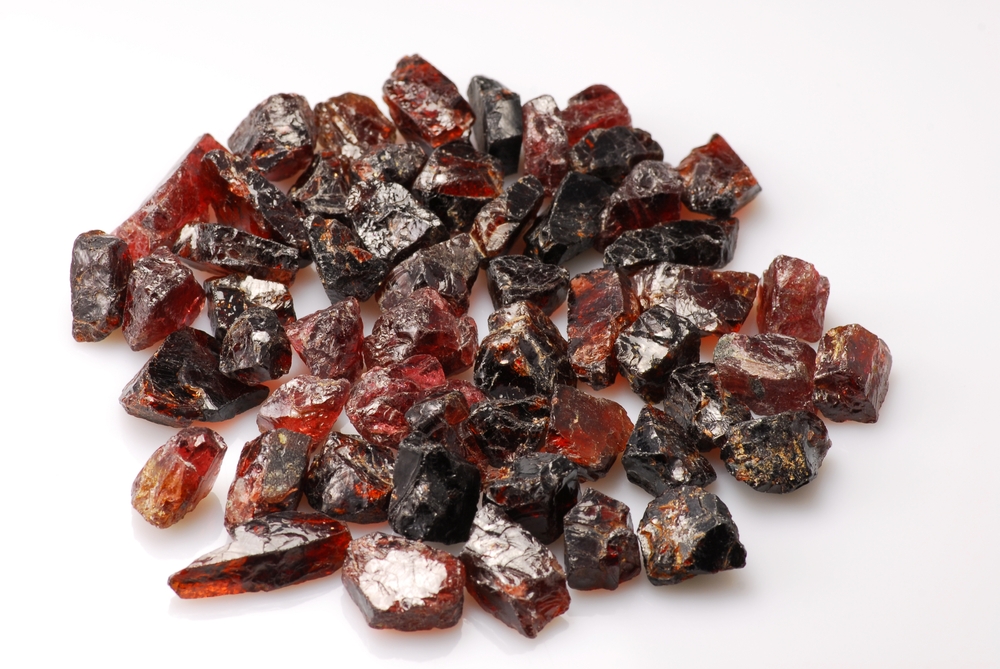
Garnet is a beautiful, generally red, crystalline material. Most people have seen a gem or two cut of the material before, and garnets contained in matrix are a common find anywhere mineral specimens are sold. It’s also used in one of the coolest machining processes in the world.
Almandine garnet is a form of garnet that is high in iron and alumina. It’s generally harder than most things, sitting around a 7.5 on the Moh’s scale, and red to pink in coloration. Much of the material found isn’t quite suitable for jewelry or collectors, but it’s still an important resource.
Almandine makes for a great abrasive. Since very few things are actually harder than it, it can be used as an abrasive in sandpaper or with abrasive rotary tools. It’s not the favorite for that purpose, however, which is usually filled with corundum or diamond powder.
But almandine garnet is perfect for a waterjet cutter. These machines take a stream of water and press it through a tiny hole in a corundum spout at pressures in excess of 15,000 PSI. When combined with almandine garnet ground to the correct particle size, it has the ability to cut through anything from hardened steel to granite with a thin kerf and high precision.
Waterjet cutting is mostly used in the industrial side of things, as a machining process that requires little finish work and has a remarkable resolution. Still, without the almandine garnet abrasive it would have remained a true niche product instead of expanding to be another one of the main forms of machining and its versatility can’t be matched.
5. Pumice-Volcanic Glass in Soap
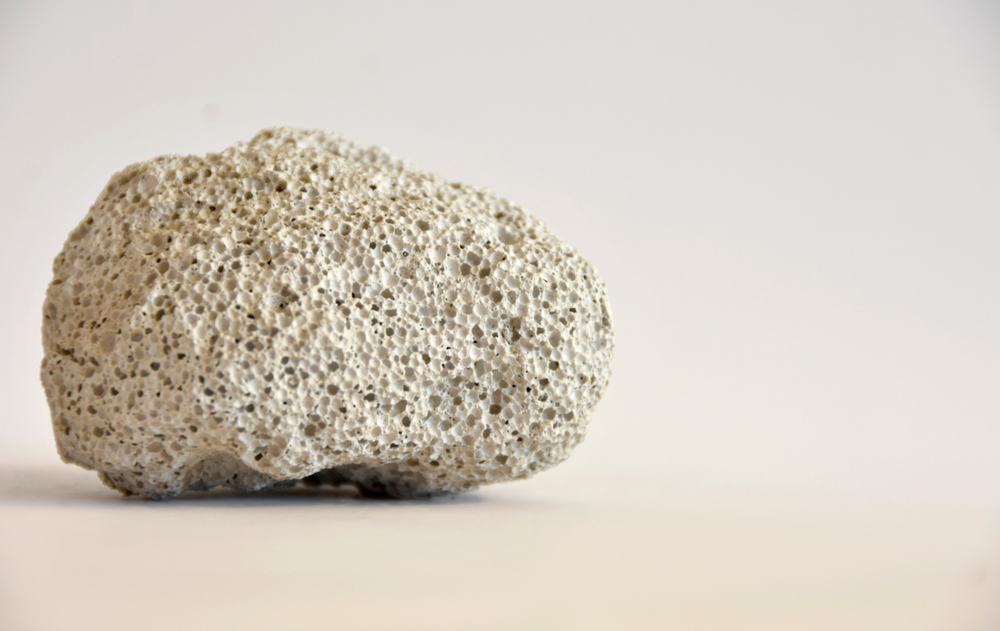
Pumice is a volcanic glass. Essentially, magma under high pressure is ejected from volcanoes while in a foamy form. The rapid cooling of the material along with the immediate depressurization creates a light-colored glass that’s vesicular, or filled with holes.
Pumice is used extensively as an abrasive. As a general rule, the material sits between 6.0 and 6.5 on the Moh’s scale despite being so airy. It’s a common ingredient in polishes, for instance, where micro-ground pumice can result in a spectacular finish.
It’s also used to make lightweight cinderblocks and even as an additive to concrete. It’s all over the place if you know where to look, the porous nature and relative hardness of the material make it rather unique and it has found its niche.
My personal favorite? Pumice is used in soap meant for removing heavy grease, such as those used in auto shops. It gives soaps like Fast Orange the ability to strip grease and oil while maintaining a somewhat gritty texture. I still have fond memories of the smell when I was a child “helping” my father in his auto shop.
It’s a common ingredient, and it’s still used by itself on occasion. Pumice is great for those whom want to exfoliate and is even used on people’s feet to prevent the skin from becoming too rough.
6. Limestone-A Staple in Construction
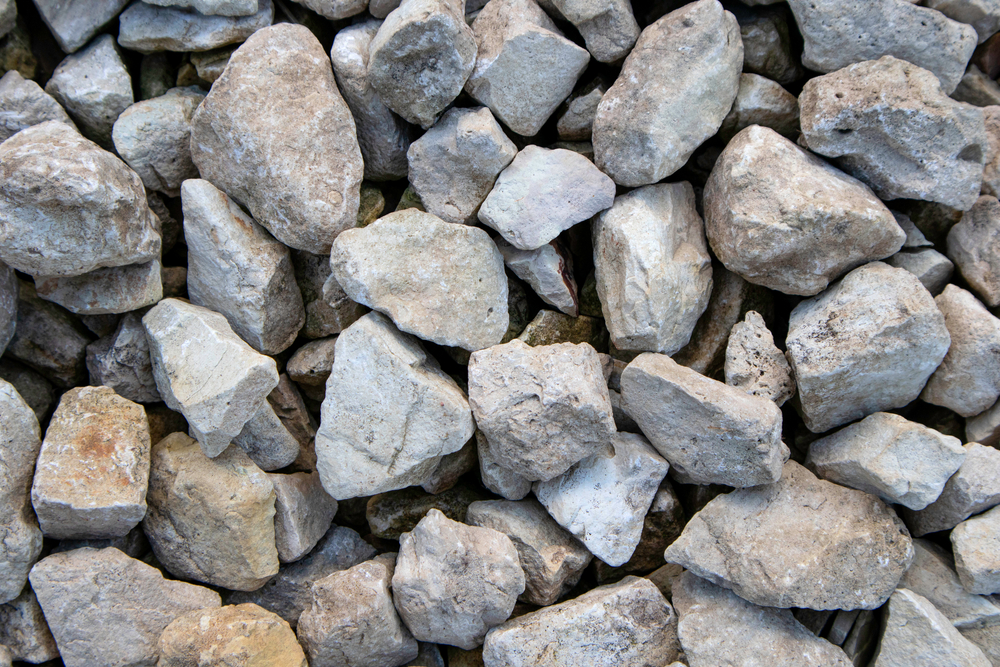
Limestone is a staple of construction in more ways than one. While many old, and some new, buildings are made from various types of limestone it’s been used in a different way for a long time. Limestone is ground to create lime, an additive in many types of concrete.
While it’s not as popular as it used to be due to the advent of Portland cement which doesn’t require it, it’s still in use. Most masons can give you at least one story of lime burns when they weren’t paying attention on a jobsite.
It’s found use in mortars, plasters, and as a fixing agent in cement. All of these uses persist to one degree or another, although they’re not the most common form used in today’s world.
Generally, lime isn’t an unaltered form. Instead, the calcination of limestone produces lime. By grinding the material (which consists of various forms of calcium carbonate) and heating it while a powder converts the calcium carbonate to the more corrosive calcium oxide.
That’s not to say all lime is altered! Often the term is used to refer to agricultural lime which is just crushed up limestone. In this case, it’s generally used to buffer or stabilize the pH of soil and keep it at the ideal for plant growth. Quicklime is generally used to refer to the caustic powder produced by thermal modification of the mineral.
7. Barite-Beautiful Mineral, Heavy Powder
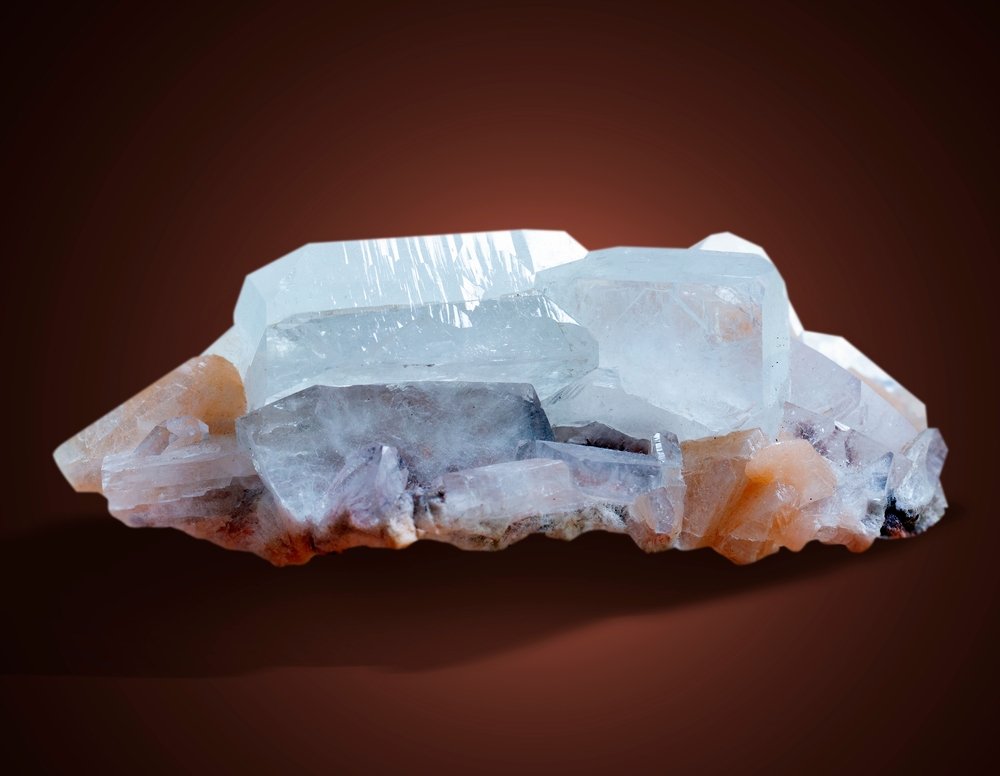
Barite is a beautiful specimen. Some of my personal favorite specimens are made of the mineral, especially in the golden, prismatic form that’s found on occasion. It even sees usage as a gemstone on rare occasions.
It’s also the source of one of the goofier stories about mineralogy. At one point, the International Mineralogical Association used the spelling of barite, but they opted to reintroduce the older term “baryte” after some time. In typical fashion, US mineralogists promptly ignored the change and use barite to this day.
Barite contains barium and was the original way the metal was discovered. Its structure makes it remarkably heavy, with a density of 4.43 grams per cubic centimeter. For comparison, granite is generally around 2.75 grams per cubic centimeter. This has been used to great advantage in oil drilling applications, where barite-containing mud will remain at the bottom of the well.
It’s also a common additive as a filler powder in things like paints and plastics. It also has a niche use in areas like radiation shielding and sound dampening, where the dense nature of barite can be used to reduce the impact and penetration of various types of rays and waves.
8. Graphite-The Real Pencil Lead
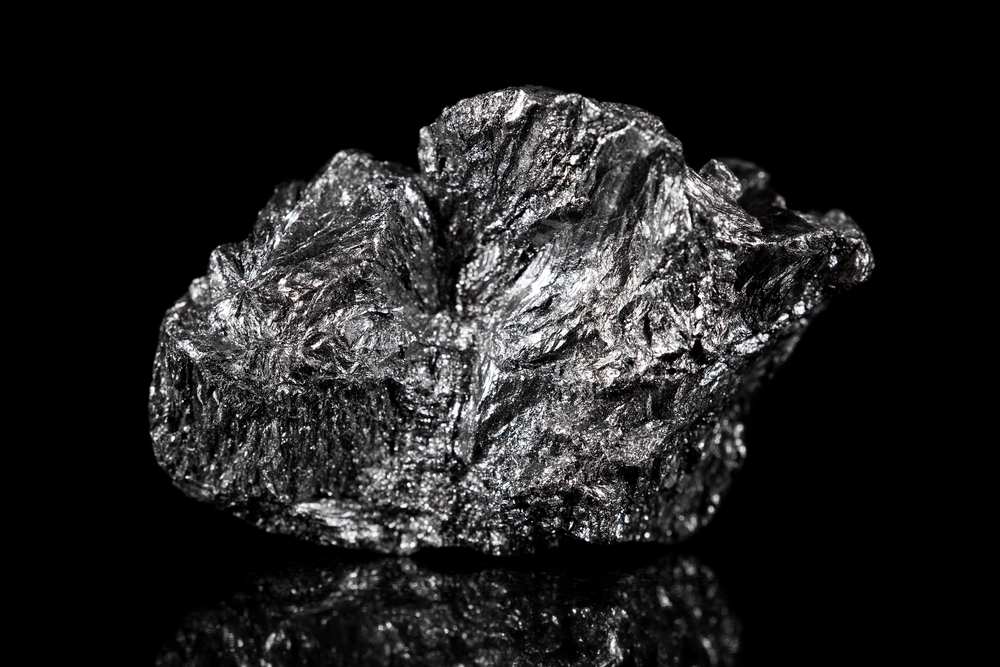
In a move that shocks… absolutely no one, it turns out that pencil “leads” aren’t actually made of lead. In fact, the modern pencil has never actually used lead as the basis for its writing abilities, although the Ancient Egyptians were known to use a stylus created entirely of lead.
Graphite is the mineral that makes up pencil leads. Graphite itself is actually a form of pure carbon, just like a diamond. It’s often used as one of the best illustrations of how many different forms a material can take.
Without the immense pressure required to form diamonds, however, graphite creates a looser crystalline lattice. On the surface of our planet, it’s actually by far the most stable form of carbon.
In addition to pencil leads, graphite is also commonly used in refractories. It can be used to make bricks, crucibles, and even molds that can stand up to the heat of molten metal while remaining relatively light. It’s also found used in industrial lubricants.
Further altered forms of graphite are used in a wide variety of applications, from firestops in fire doors to heat sinks for laptops. It’s truly a ubiquitous material, with few people realizing just how often this pure form of carbon crops up in their daily lives.
9. Chalk-A Useful Fossil
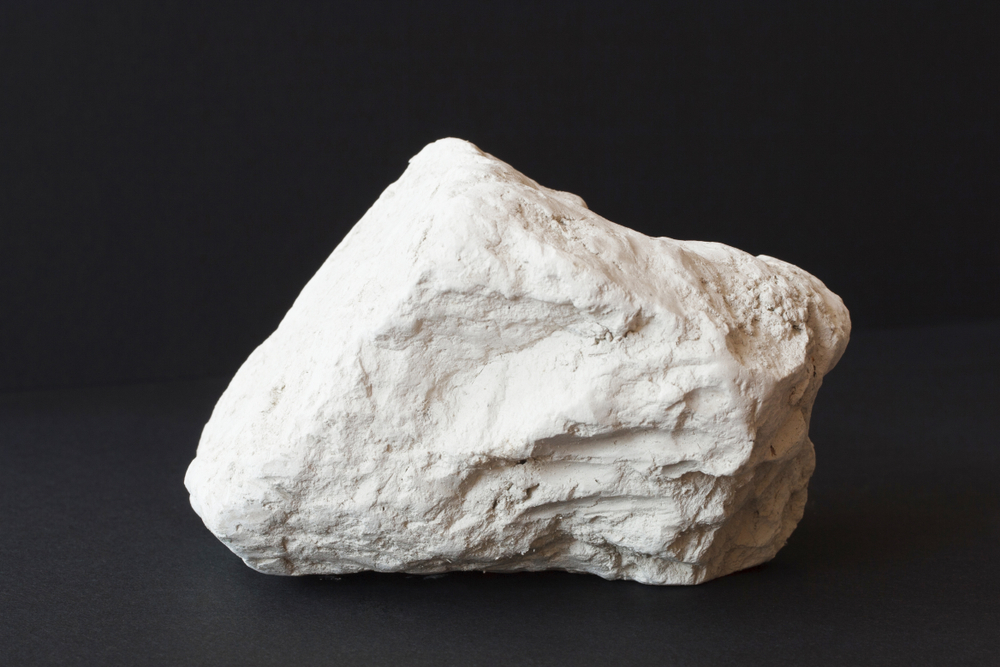
Chalk is a form of limestone. Specifically, it’s actually the result of carbonate shells and diatom skeletons after being crushed under the sea. In fact, under an electron microscope the dense, skeletal shells are still visible as irregular spheroid shapes.
The original blackboard was slate, and the rough texture made chalk peel off easily to leave behind markings. Not all blackboard chalk is actually chalk, much of it is made from other sources of carbonate. Still, regular chalk is most often seen as “dustless” chalk. That said, most of the colored applications like sidewalk chalk are actually gypsum-based.
Chalk is also used as a source of quicklime, as mentioned above for limestone. It’s also used as an antacid in small doses, although I’d recommend against just taking a big ol’ bite of chalk due to heartburn.
Chalk was originally used as a building material as well. Chalk is the natural place for flint formation in England, and the quarried stone could be used for construction while the flint was used for tools.
It’s also a common filler powder, particularly in things like toothpaste where a slight abrasive ends up making the final product better. It’s a long way to come for a diatom, from existing in an ancient sea to being pressed under the weight of millions of years, but chalk is still common in our daily lives!

